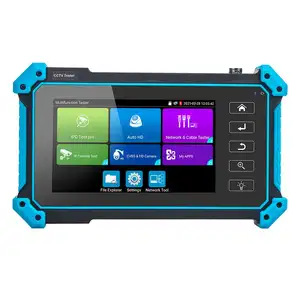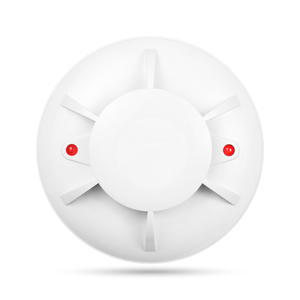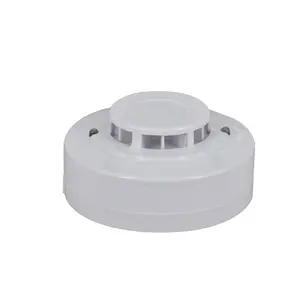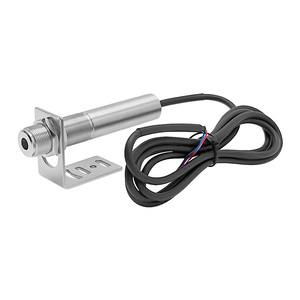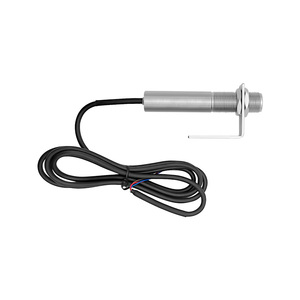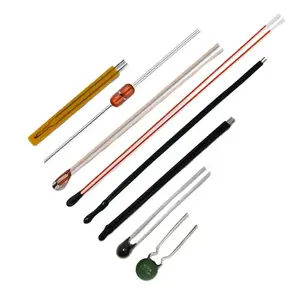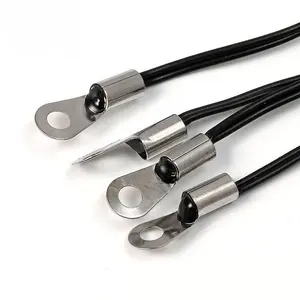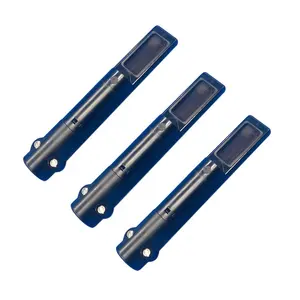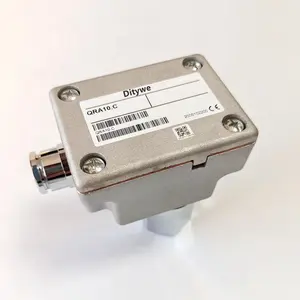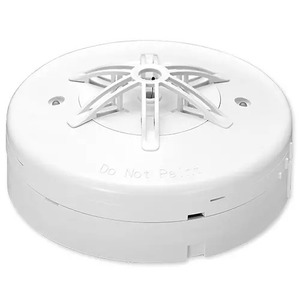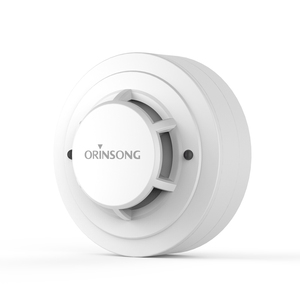Heat Detector Sensor





 1/2
1/2


 0
0


 1/1
1/1





 1/36
1/36



 1/1
1/1









 1/43
1/43









 1/29
1/29







 1/45
1/45








 1/19
1/19


 0
0


 1/3
1/3



 1/3
1/3




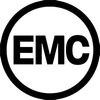




 1/51
1/51



 1/3
1/3



 1/3
1/3



 1/3
1/3







 1/26
1/26




 1/3
1/3




 1/3
1/3
About heat detector sensor
Where to Find Heat Detector Sensor Suppliers?
China remains the central hub for heat detector sensor manufacturing, with key production clusters in Shenzhen, Zhongshan, and Ningbo offering specialized capabilities in fire safety electronics. Shenzhen dominates advanced thermal imaging and addressable sensor development, supported by its dense ecosystem of electronic component suppliers and R&D talent. Zhongshan focuses on conventional and fixed-temperature heat detectors, leveraging cost-efficient production lines for high-volume orders. Ningbo contributes through compliance-driven designs tailored for North American and European markets, often featuring UL/EN certifications.
These industrial zones enable vertically integrated manufacturing—from PCB assembly to final product testing—within compact geographic radii. This integration reduces lead times to 20–35 days for standard bulk orders and supports flexible MOQs as low as 1 piece. Localized supply chains also yield 15–25% lower production costs compared to Western alternatives, while maintaining access to export-ready logistics networks capable of handling global shipments via air or sea freight.
How to Choose Heat Detector Sensor Suppliers?
Procurement decisions should be guided by three core evaluation criteria:
Technical Compliance & Certifications
Verify that sensors meet regional regulatory standards such as UL, EN, LPCB, or CE where applicable. For integration into commercial fire alarm systems, ensure compatibility with both conventional 2/4-wire and addressable protocols. Request test reports for critical parameters including response time (typically 8–30 seconds at 57°C rise), operating voltage range (DC 9–30V standard), and environmental durability (IP20 minimum).
Production Capability Assessment
Evaluate supplier infrastructure based on the following benchmarks:
- Minimum monthly output capacity exceeding 10,000 units for scalable procurement
- In-house SMT and DIP production lines for consistent PCB quality
- Environmental stress testing facilities (thermal cycling, humidity exposure)
- On-site calibration and functional verification processes
Cross-reference online transaction data with delivery performance—target suppliers with ≥99% on-time shipment rates and sub-4-hour average response times.
Customization & Transaction Security
Confirm available customization options including housing color, labeling, logo printing, and packaging configurations. For OEM projects, assess design support for form-fit-function replacements or new sensor specifications. Utilize secure payment mechanisms such as escrow services and insist on pre-shipment inspection rights. Prioritize suppliers offering sample validation before full-order release.
What Are the Best Heat Detector Sensor Suppliers?
| Company Name | Location | Online Revenue | Main Product Focus | On-Time Delivery | Avg. Response | Reorder Rate | Min. Order Quantity | Price Range (USD) |
|---|---|---|---|---|---|---|---|---|
| Shenzhen Sunsoont Technology Co., Ltd. | Shenzhen, CN | US $350,000+ | Thermal Imagers, Infrared Sensors | 99% | ≤2h | 18% | 1–20 pcs | $98.60–$260 |
| Shenzhen Sumring Technology Co., Ltd. | Shenzhen, CN | US $90,000+ | Conventional Heat Detectors | 100% | ≤4h | <15% | 1 pc | $2.95–$4.80 |
| Zhongshan Huoming Technology Co., Ltd. | Zhongshan, CN | US $50,000+ | Addressable Detectors, Detection Cables | 100% | ≤2h | 15% | 2–100 pcs | $0.90–$14.50 |
| Shenzhen Ansorl Technology Co., Ltd. | Shenzhen, CN | US $300,000+ | Smoke & Heat Detectors, Alarm Systems | 100% | ≤3h | <15% | 1–100 units | $3–$13 |
| Ningbo Sentek Electronics Co., Ltd. | Ningbo, CN | US $8,000+ | UL/EN-Certified Heat Detectors | 100% | ≤8h | <15% | 100–200 pcs | $4.80–$12 |
Performance Analysis
Shenzhen-based suppliers lead in innovation and responsiveness, with Sunsoont and Ansorl offering higher-end infrared and addressable models suited for smart building integrations. Sumring stands out for affordability and low MOQ flexibility, making it ideal for prototyping or small-scale deployments. Zhongshan Huoming provides balanced performance across price and technical variety, particularly in addressable systems requiring system-level certification. Ningbo Sentek, though smaller in volume, emphasizes compliance—a strategic advantage for regulated markets. Buyers prioritizing rapid iteration should select suppliers with ≤4h response times and sample availability within 7–10 days.
FAQs
How to verify heat detector sensor supplier reliability?
Cross-check claimed certifications (UL, CE, LPCB) against official databases. Request factory audit reports or video walkthroughs of production and testing areas. Analyze transaction history metrics such as on-time delivery rate, reorder frequency, and customer feedback related to product consistency and post-sale support.
What is the typical sampling timeline for heat detector sensors?
Standard samples are typically shipped within 5–10 business days after confirmation. Customized versions requiring label, housing, or firmware modifications may take 15–25 days. Air freight adds 7–12 days for international delivery.
Can heat detector sensor suppliers handle global shipping?
Yes, most established suppliers manage worldwide logistics via express carriers (DHL, FedEx) for samples and LCL/FCL sea freight for bulk orders. Confirm Incoterms (FOB, CIF) and ensure packaging meets international handling standards, especially for electrostatic-sensitive components.
Do manufacturers offer free samples?
Sample policies vary: some suppliers provide paid samples refundable against future orders, while others charge full cost for initial evaluations. Free samples are typically offered only after engagement on larger volume commitments (e.g., 500+ units).
How to initiate customization requests for heat detector sensors?
Submit detailed requirements covering detection method (fixed temperature, rate-of-rise), electrical interface (voltage, relay output), physical dimensions, ingress protection rating, and branding needs. Reputable suppliers will respond with technical drawings, BOM alignment, and prototype timelines within 72 hours.






